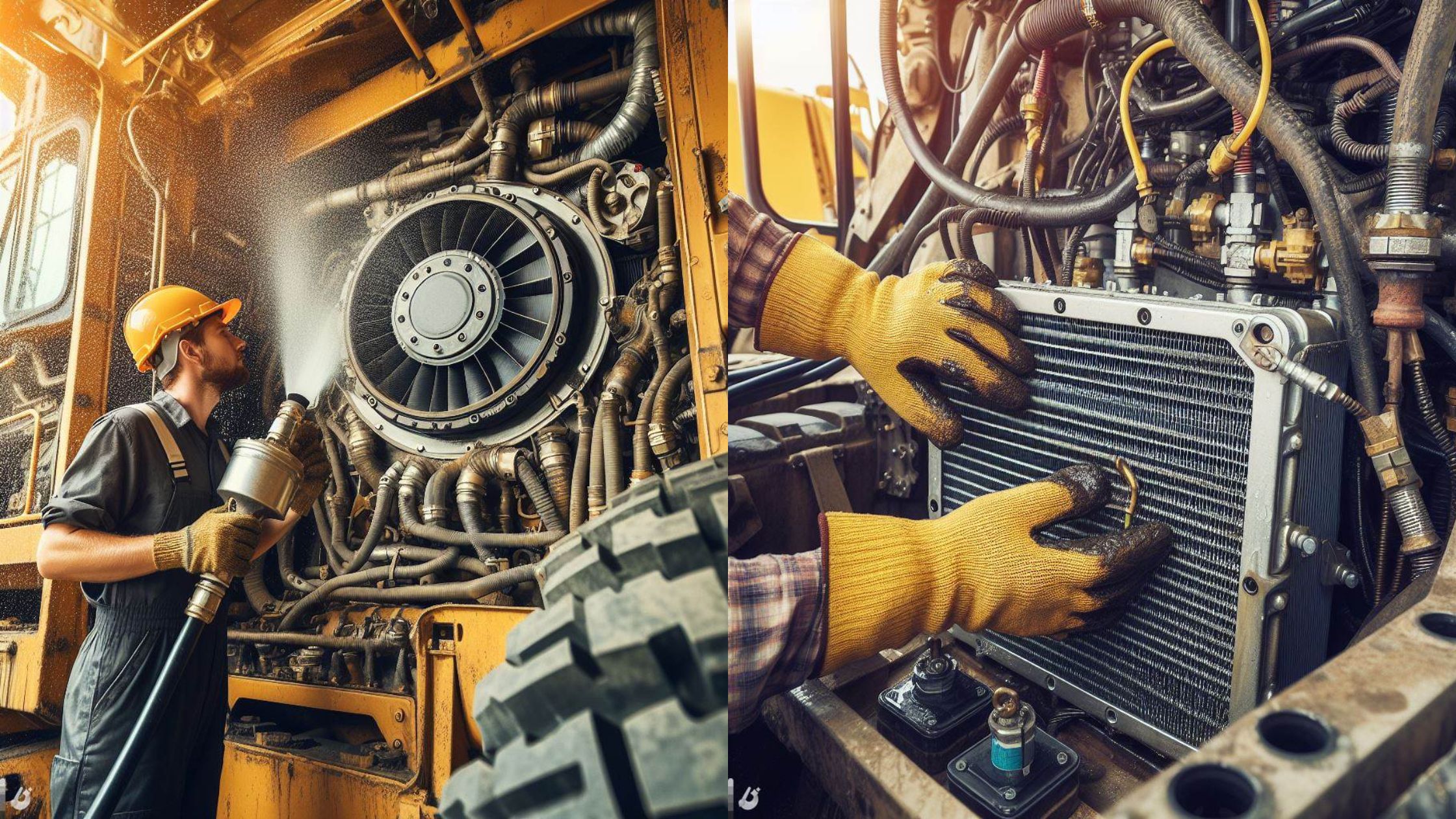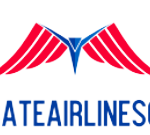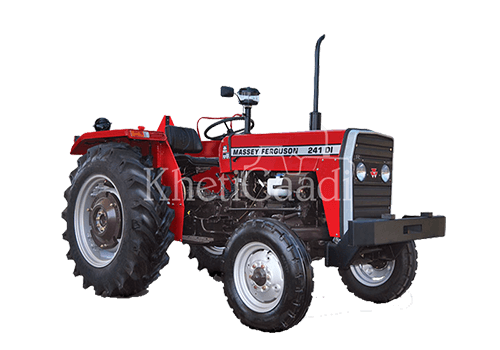Over the time of Heavy-Duty construction machines usage, it requires timely and regular maintenance in order to run a machine efficiently and properly. Maintenance of any construction machine on a regular basis is the primary necessity to check heavy machinery radiators to ensure effective cooling and prevent overheating.
Maintaining any Case Construction Equipment is a tough job but it is essential to avoid overheating problems and guaranteeing the best possible operation of the cooling system. Considering manufacturer guidelines, testing, cleaning up, and monitoring of coolant level are few necessary tips to keep the machine dependable and long-lasting.
You can consider below cooling maintenance tips so that your construction machines can work hassle-free.
Knowing Cooling System Components
Before beginning any repairs, it’s critical to understand the basic elements of a cooling system fully. The typical heavy machinery cooling system consists of the radiator, fan, water pump, thermostat, coolant, and additional pipes. You must educate yourself first to have a deeper and better understanding of the machine’s parts.
Check Cooling System Regularly
Check the cooling system carefully on a regular basis for any wear-tear, leaking, and heating issues. Look for any evident issues with the connections, hoses, and radiator. By doing so you can prevent any future problem that could be exceedingly unpleasant at the time of usage or working.
Cleaning is Important
Maintain the cleanliness of the radiator & its surroundings. Timely removal of dust particles and dirt with a high-pressure washer, soft brush, or compressed air. We also need to be sure that fins and pipes are clear of any obstructions so that the machine can have enough airflow.
Minimize Exposure to Direct Sunlight
Keeping your equipment out of direct sunlight is the most efficient way to preserve it. Because it can cause overheating problems in the machine. Reducing exposure can also be achieved by keeping your equipment out of the sun’s rays. To prevent this, take a break from working in the day to escape the scorching sun rays.
Check Coolant Level
Always try to keep the coolant level at the suggested level. After the engine has cooled down, check it and add more coolant if needed.
Let the System Cool Down
Allow the engine to run at idle for a couple of minutes before totally shutting down your device. Idling will enable your machine’s engine systems to go down gradually because excessive heat will make it work harder. Partially shutting down the engine, especially the turbocharger, in stages can help avoid damage.
Pay Close Attention to Displays
As the outside temperature rises, you need to track the displays on your equipment closely. If your system exhibits any indications that it requires a break, move to the shade or take a break from intensive labor. If there are evident signs of trouble, try not to exert too much force on your equipment.
Radiator Cleaning is the Key
The effectiveness of the radiator may be compromised if bugs, dust, or debris clog the fins. To ensure enough airflow and efficient cooling, continue to keep the radiator spotless on a regular basis.
Regular Check of Fan Condition
The cooling system’s fan draws air through the radiator to dissipate heat effectively. The fans’ operation must be identified, and any wear-tear on the blades needs to be checked by the operators. Promptly replace or repair any damaged components to maintain optimal performance.
Advanced Monitoring
The majority of the most recent construction-related vehicles have telematics installed, enabling users to check on the condition of their equipment remotely. Thanks to the introduction of dynamic smart technology. This allows for the monitoring of a variety of telemetrics, such as the working state of specific components or the current engine temperature. By keeping an eye on these systems, an operator can respond quickly to any malfunctions, frequently limiting the damage and averting serious problems before they happen.
Proper Operation
Operators must exercise caution to prevent overstressing their machinery, particularly in summertime when excessive heat is an issue. Equipment overheating, needless wear and tear on parts, and final malfunctions can occur when it is pushed beyond set performance limits. To prevent possible heat damage to machinery, special precautions must be taken to let it cool down thoroughly by pausing the engine prior to shutting it down at the end of the operation.
Conclusion
It is a good idea to use a Mahindra Construction Equipment maintenance checklist to help you think about duties and cross them off as servicing is finished. Prepare check sheets so that each categorized task has a certain period assigned to it. It could be on a daily, monthly, or seasonal basis. It might also be based on machine time, where extra care is required for hourly targets.





